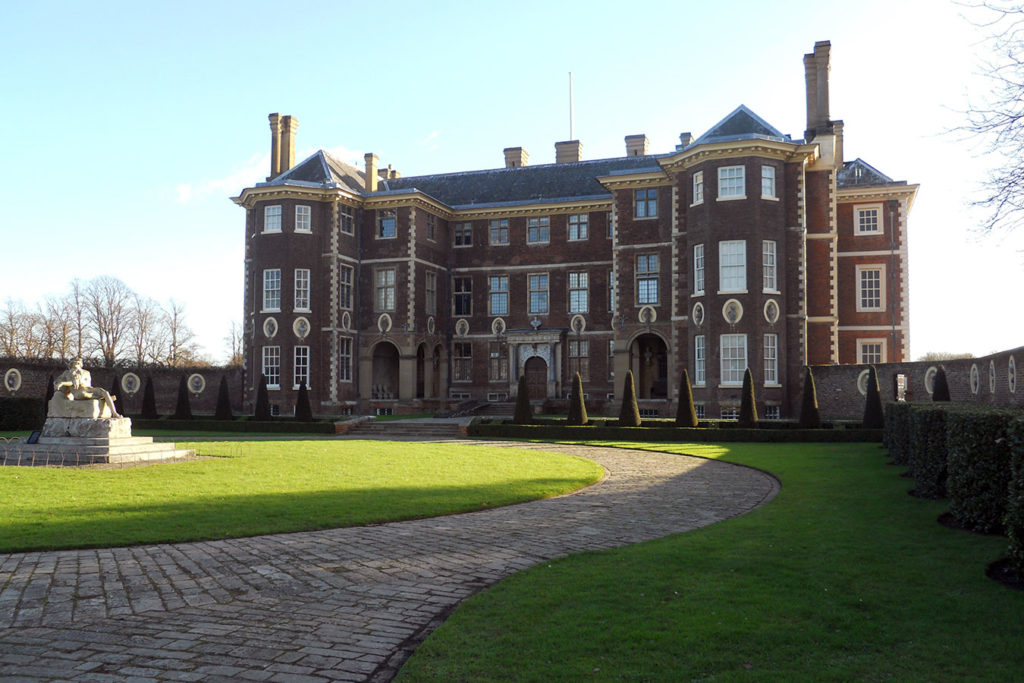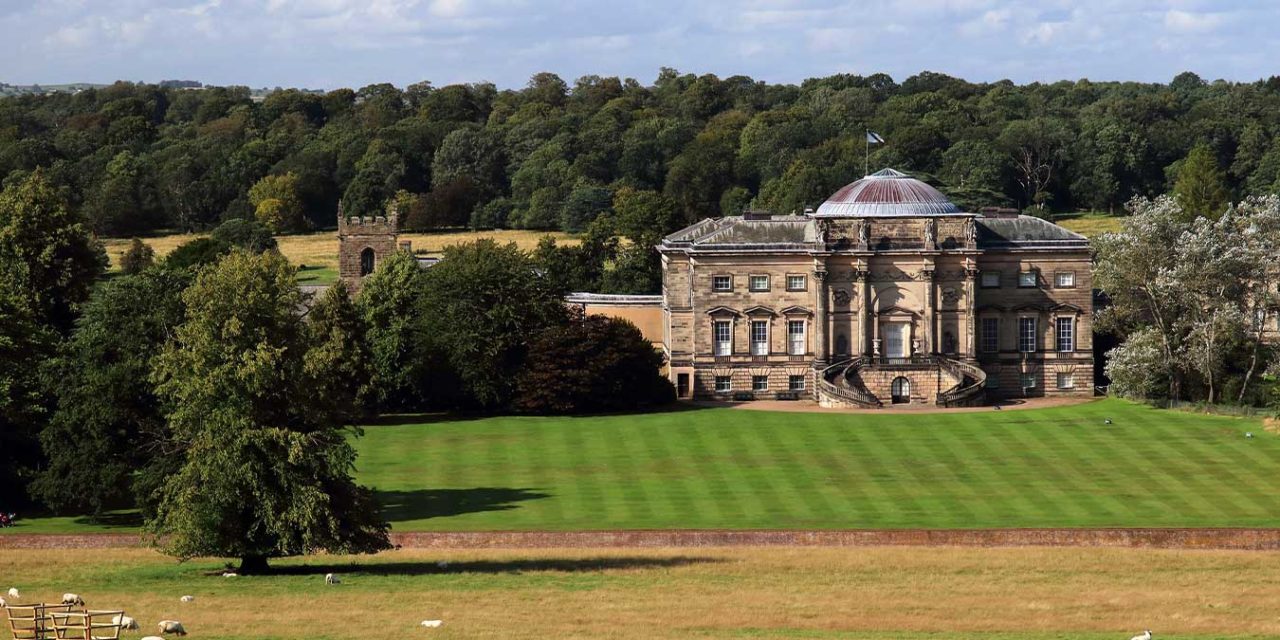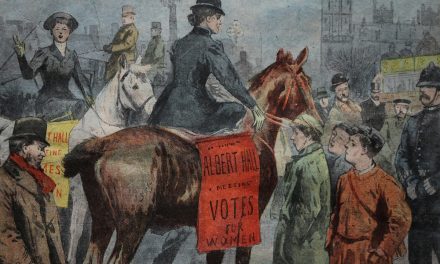The National Trust is a major British institution, with nothing quite like it anywhere else in the world. The National Trust was founded in 1895 to preserve Britain’s most beautiful pieces of architecture, landscapes, and coastline. It describes itself as “a charity that works to preserve and protect historic places and spaces—forever, for everyone”.
However, it is not without its detractors. Some argue that it is too focused on an idealised view of the past and puts too much of its resources into country estates, which were once the homes of the British aristocracy.
Belong asks if the National Trust represents the Nation. The National Trust declined to comment for this piece, despite repeated requests.
The National Trust’s Plans to Modernise
As is clear from their Impact Review for 2018-2019, the National Trust has some ambitious plans for the natural environments in its care. Once the UK leaves the European Union, the National Trust is lobbying the government so that environmental protection is written into the EU Withdrawal Act and the new Environment Act, which will replace various EU directives.
The National Trust is planning to introduce more sustainable farming techniques on the many farms it owns and has put aside £3.75 million towards its Riverlands project, which aims to restore rivers that flow through its land to full health and reintroduce animals populations such as the water vole and otter.
The National Trust has also said it wants to appeal more to ethnic minorities and young people from cities, although they did not respond to questions as to how they plan to achieve this.
National Trust Not Always Popular with Locals
In 2017 the National Trust banned trail hunting on most of its land, with just a couple of exceptions in Wiltshire where it is still permitted on National Trust land at certain times of the year.
This decision was deeply unpopular with many rural communities, for whom as well as providing a livelihood to some people for many more is an important social event.
Robin Page, the executive chairman of the Countryside Restoration Trust, and a conservationist explained to Belong that he thought their decision to ban trail hunting was “nonsensical”.
“They were kowtowing to the urban view and the animal rights industry that is very wealthy and very persistent and again they were ignoring remote rural communities for whom trail hunting is an important social event,” said Page.
Trail hunting was introduced after the nationwide ban on fox hunting in 2004 by Tony Blair’s government and involves hounds and horses chasing an artificial scent, which is meant to represent the smell of a fox. It is still legally permitted in the UK at the discretion of the landowner.
Mr. Page was elected onto the National Trust’s governing council for 12 years and believes that many farmers are right to criticise the way the Trust is run.
“I think the national trust is too greedy and is too keen to get hold of farmhouses and agricultural houses and turn them into holiday lets where they can get more money. I don’t think they understand the implications of high rents and what it does to families. They are ignoring the people who work the land,” he said.
Farmers in the Lake District where the National Trust has a lot of lands were critical of their plans to try and reduce decades of unsustainable land management and accused the National Trust land managers of hiking up rents for short term gain.
Mr Page fell out with the National Trust over their lack of a policy to try and save the red squirrel. The red squirrel is native to the UK and has been gradually squeezed out since the grey squirrel was introduced by landowners in the 19th century. It is now confined to Scotland and certain areas of the North of England. However, the Countryside Restoration Trust in association with the British Wildlife Centre successfully reintroduced the red squirrel to Tresco, one of the Scilly Islands, and is planning to do the same on the Isle of Mann.
Page thinks the National Trust lacks a joined-up, nationwide approach to conservation and instead gives too much autonomy to individual properties to run their own affairs.
Is the National Trust Relevant to the UK’s Diverse Urban Population?
Stephen Bayley, a design critic, journalist, and writer, believes that the National Trust “presents one version and one alone of our past.”
The fact that the majority of the National Trust’s holdings are country houses is interesting, because these houses, the majority of whom were built by aristocrats, although some were built by industrialists and merchants, represents the English social order in stone. As Bayley argues, these country houses represent “rich white men’s indulgences bought with the sweat and blood of the oppressed.

Bayley also argues that much of the National Trust’s estate represents a kind of cultural dead-end, which is fundamentally linked to Britain’s unhealthy obsession with the past and the glorious victories of our history, while largely keeping quiet about the less proud moments.
“The National Trust feeds the unhealthy anti-industrial sentiments of the middle class who, in their German estate cars, enjoy a voyeuristic engagement with the mythic utopia that was England before the dreadful soot and pistons of the Industrial Revolution created our dirty, sprawling (and now often defunct) cities,” explains Bayley.
For the present-day residents of Britain’s cities, many of whom are immigrants, this cosy view of the UK’s past is not part of their historical or personal story.
Main Photo of Kedleston Hall, Derbyshire
- Why is California So at Risk from Wildfires? - 13th November 2019
- Carbon Offsetting is Growing but Does it Make a Difference? - 11th November 2019
- Three Confirmed Dead as Australia Prepares for “Catastrophic” Bushfires - 11th November 2019






